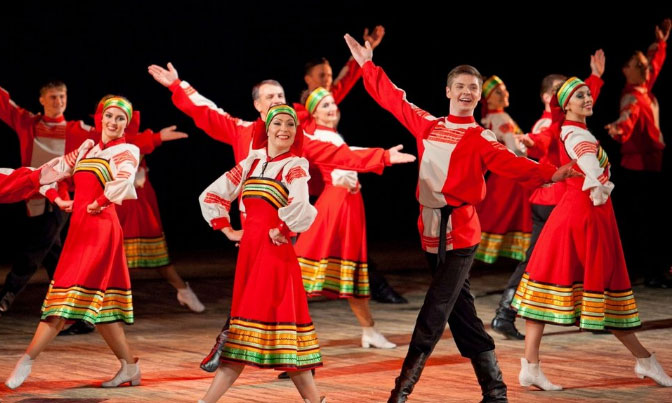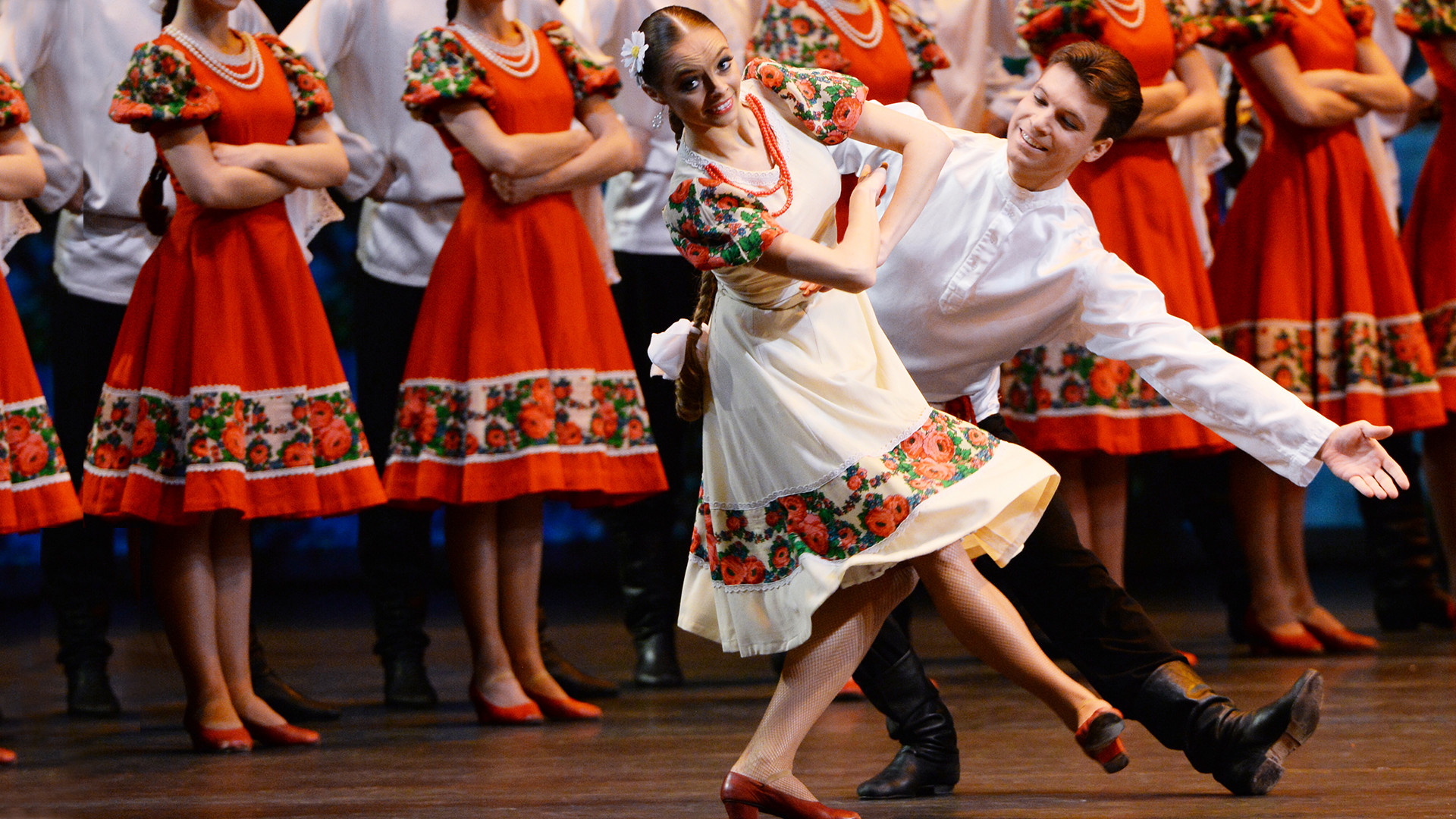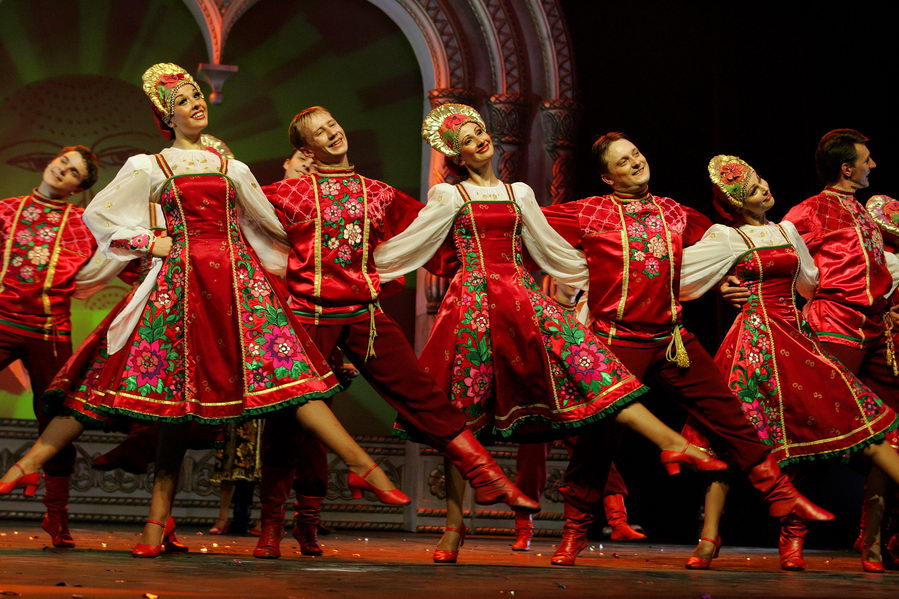Exploring The Heart Of **Dance From Russia**: A Movement Story
When we think about dance, it's almost impossible not to picture the rich, powerful movements that come from Russia. This country, you know, has given the world so much in terms of artistic expression through the body. It's a place where dance isn't just a hobby; it's a deep part of the culture, a way of telling stories and showing feelings that have been passed down through many, many years.
For more than twenty-five years, we have been sharing the art of movement, inspiring people of all ages, from the smallest preschoolers to grown-ups. Our dance classes, which include ballet, tap, jazz, lyrical, modern, and pop styles, are on a mission. We want to bring our excitement for the true power of dance to everybody, you see. This passion for movement, for expressing ideas or emotions, for simply moving the body in a rhythmic way, is something we truly believe in. It connects us to the very heart of what dance means, much like the amazing traditions found in Russian dance.
So, what makes dance from Russia so special, so captivating? It's more than just steps; it's a whole way of life, a form of art that truly touches the soul. It involves sequences of body movements with aesthetic and often symbolic value, either improvised or purposefully selected. This kind of dance, you know, has influenced countless dancers and choreographers around the globe, shaping how we think about grace, strength, and storytelling through motion. We can learn so much from its history and its ongoing vibrancy, honestly.
Table of Contents
- The Deep Roots of Russian Dance
- Russian Ballet: A World-Renowned Masterpiece
- Folk Dance: The Spirit of the People
- Modern Influences and Beyond
- Finding Your Own Rhythm with Russian Dance Inspiration
- Frequently Asked Questions About Dance from Russia
The Deep Roots of Russian Dance
The story of dance from Russia is a long and fascinating one, stretching back many centuries. It started with simple folk traditions, movements that people did to celebrate harvests, mark seasons, or tell old tales. These early forms of dance were very much connected to the daily lives and beliefs of the people, actually. They were a way to release energy, or simply take part in community life. Over time, these simple movements grew into something more complex and organized, paving the way for the grand styles we know today, you know.
In a way, the origins of Russian dance show us how movement can be one of our oldest art forms. It predates language, some might say, and embodies one of our most basic human expressions. These early dances were often spontaneous, a bit like how a simple, cool, calm, and collected dance move can get everybody dancing with you. People would just move to the rhythm, expressing their joy or their worries, very much like how dance is still used today to express an idea or emotion.
The cold climate and vast landscapes of Russia also played a part in shaping these early dance forms. People needed ways to stay warm, to find joy during long winters, and to connect with each other. Dance provided that outlet, you see. It was a communal activity, something that brought everyone together, fostering a sense of shared experience and community, which is something we aim for in our own dance classes, too.
Russian Ballet: A World-Renowned Masterpiece
When most people think of dance from Russia, ballet is often the first thing that comes to mind. And for good reason, honestly. Russian ballet is famous all over the world for its incredible skill, its emotional depth, and its breathtaking performances. It's a style that truly shows the movement of the body in a rhythmic way, usually to music and within a given space, for the purpose of expressing an idea or emotion. This art form, consisting of sequences of body movements with aesthetic and often symbolic value, has reached a very high level in Russia.
The foundations of Russian ballet were laid in the 18th century, with influences from French and Italian traditions. However, over time, Russia developed its own unique approach, emphasizing dramatic storytelling, powerful jumps, and very expressive arm movements. This approach created a style that was not just technically perfect but also deeply moving, you know. It's a dance that truly speaks to the audience, telling a complete story without needing words, which is a powerful thing, really.
Ballet, as an art, can feel overwhelming to watch sometimes, it's true. But if you follow the hands, they can unlock the mysteries of a moving body. This focus on every detail, from the fingertips to the toes, is a hallmark of Russian ballet training, making every gesture meaningful. This level of precision and artistry is what makes it so globally celebrated, and it’s a standard that inspires dancers everywhere, in a way.
Training and Technique: The Russian Way
The training for Russian ballet dancers is known for being very demanding and thorough. It starts at a very young age, with children learning the strict rules of classical ballet. This kind of training is about building incredible strength, flexibility, and discipline. Dancers spend countless hours practicing, perfecting every turn, every jump, and every graceful step. It's a commitment that truly ignites a passion for fitness and dance, as our own mission suggests, too.
The Vaganova method, a specific system of ballet training developed in Russia, is particularly famous. It focuses on the whole body, making sure that dancers have a strong core, expressive arms, and powerful legs. This method helps dancers achieve that distinctive Russian style, which combines great technical skill with a very emotional performance. It’s a rigorous path, but it produces dancers who can perform truly amazing feats of movement, honestly.
This intense training, you know, helps dancers learn how to do simple dance moves to start dancing, like bobbing their head to the beat of the music or shifting their weight from one foot to another. Then, they build on these basics, learning more complex sequences. It’s a gradual process, but the results are simply stunning. It’s about building a solid foundation, which is something important for any dance style, really, from hip hop to ballroom, or even just a simple, cool move.
Famous Companies and Performers
Russia is home to some of the most famous ballet companies in the world, like the Bolshoi Ballet in Moscow and the Mariinsky Ballet in St. Petersburg. These companies have stages that are known globally, and they perform classic ballets like "Swan Lake," "The Nutcracker," and "Giselle" with a unique flair. Seeing them perform is a truly unforgettable experience, a real treat for anyone who loves dance, that is.
Many legendary dancers have also come from Russia, people whose names are known around the world. Think of Mikhail Baryshnikov, Anna Pavlova, or Rudolf Nureyev. These artists, and many others, have captivated audiences with their incredible talent and their ability to convey deep feelings through their movements. Their performances have inspired generations of dancers and audience members alike, showing just how much emotion the human body can express, you know.
These dancers, with their precise movements and powerful stage presence, truly embody what dance is: the movement of the body in a rhythmic way, usually to music and within a given space, for the purpose of expressing an idea or emotion. They make it look so easy, but it’s the result of years of dedicated work and passion, a true testament to the power of dance to inspire and connect us all, very much.
Folk Dance: The Spirit of the People
Beyond the grand stages of ballet, there's another vibrant part of dance from Russia: its folk traditions. Russian folk dance is full of energy, color, and joy. It reflects the diverse cultures and regions across the vast country, with each area having its own special steps, music, and costumes. These dances are often performed in groups, celebrating community and shared heritage, which is a beautiful thing, really.
Unlike the strict rules of ballet, folk dance often allows for more improvisation and individual expression. People might sway their hips as they move their feet, or add their own spin to a step, just like how you can put your own spin on a simple dance move. It’s about feeling the music and letting your body respond naturally, creating a lively and engaging performance that invites everyone to join in, honestly.
These dances are a wonderful way to find general information, dance history, and even dance music playlists. They are a living connection to the past, keeping old traditions alive in a very dynamic way. They show us that dance can be categorized and described by its purpose, whether it's for celebration, storytelling, or simply releasing energy, you see.
Different Styles and Their Stories
There are many different styles of Russian folk dance, each with its own unique flavor. For example, the "Khorovod" is a circle dance, often performed by women, that tells stories of nature or love. It's gentle and flowing, with graceful movements that can be quite mesmerizing. Then there's the "Prisyadka," a squatting dance often performed by men, which requires incredible strength and agility, very much.
Another popular style is the "Kamarinskaya," a fast and lively dance that often features intricate footwork and high jumps. These dances often tell stories about everyday life, about farming, or about the changing seasons. They are a visual representation of the country's history and its people’s spirit, you know. They show how dance can be categorized and described by its regional origins, too.
These dances are not just for performance; they are also a big part of social gatherings and celebrations. They are a way for people to connect, to share joy, and to keep their cultural heritage strong. It's a reminder that dance is about community, about bringing people together, which is something we feel very strongly about at Seattle dance fitness, actually.
Costumes and Music: Adding to the Charm
The costumes worn in Russian folk dances are just as colorful and expressive as the movements themselves. Women often wear long, embroidered dresses with beautiful headpieces, while men might wear bright shirts and boots. These outfits add so much to the visual appeal of the dance, making each performance a true feast for the eyes, very much.
The music that accompanies these dances is also very distinctive, often featuring traditional instruments like the balalaika (a stringed instrument) and the accordion. The melodies are lively and catchy, making it almost impossible not to tap your foot along. The rhythm is what truly drives the dancers, guiding their movements and adding to the overall excitement, honestly.
This combination of vibrant costumes, lively music, and energetic movements creates a truly immersive experience. It shows how dance, the movement of the body in a rhythmic way, usually to music and within a given space, is enriched by all its elements. It's a complete art form, where every detail adds to the expression of an idea or emotion, you know.
Modern Influences and Beyond
While Russian dance is famous for its classical ballet and traditional folk forms, it hasn't stood still. Contemporary dance in Russia is also thriving, with artists exploring new ways of moving and expressing themselves. This modern approach often blends elements of classical technique with more experimental movements, creating something fresh and exciting, that is.
Velocity, Seattle’s center dedicated to contemporary dance, provides classes for adults, support to local artists, and hosts international summer festivals. This shows how the spirit of dance, whether traditional or modern, continues to evolve and inspire. It’s about finding new ways to move the body in a rhythmic way, for the purpose of expressing an idea or emotion, releasing energy, or simply taking part in the joy of movement, you see.
The influence of Russian dance extends far beyond its borders, shaping dance styles around the world. From the precision of ballet to the joyful energy of folk dance, its legacy is clear in many different forms of movement. It's a constant source of inspiration for dancers and choreographers who want to explore and learn dance styles, find current dance trends, and get personalized recommendations, honestly. It shows how a rich history can continue to inform and inspire the present, very much.
Finding Your Own Rhythm with Russian Dance Inspiration
Whether you are a seasoned dancer looking to broaden your skills or a beginner just starting out, the world of dance from Russia offers so much to explore. You can find inspiration in the discipline of ballet, the community spirit of folk dance, or the innovative approaches of contemporary artists. It’s all about finding what ignites your passion for fitness, dance, and community, you know.
We believe that dance is for everybody. It’s a way to express yourself, to get moving, and to connect with others. Just like a simple, cool, calm, and collected dance move can get everybody dancing with you, the essence of Russian dance can inspire your own movement journey. You can put your own spin on it, too, whether it’s learning how to dance hip hop, club dancing, tap dancing, salsa, ballroom, freestyle, or even break dancing.
With our HD videos, you can learn how to dance from your home with ease, exploring different styles and finding your own rhythm. We offer classes that will not only ignite your passion for fitness, dance, and community, but they will also show you the joy of movement. Dance is an art form, consisting of sequences of body movements with aesthetic and often symbolic value, either improvised or purposefully selected. It’s a journey of discovery, and the rich heritage of dance from Russia is a wonderful part of that journey, you see.
To learn more about dance on our site, and to explore different styles, you can also link to this page here.
For a deeper look into the history of Russian ballet, you might find this external resource helpful: Britannica's article on Russian Ballet.
Frequently Asked Questions About Dance from Russia
What makes Russian ballet so famous?
Russian ballet is famous for its incredible technical skill, its deep emotional expression, and its dramatic storytelling. The training methods are very rigorous, producing dancers who combine amazing athleticism with very expressive artistry. It’s about making every movement count, from the smallest gesture to the biggest jump, really.
Are there different types of Russian folk dance?
Yes, there are many different types of Russian folk dance, reflecting the various regions and cultures within Russia. Each style has its own unique steps, music, and costumes. Some are gentle circle dances, while others are very energetic and involve complex footwork. They often tell stories about daily life or traditions, you know.
How has Russian dance influenced the world?
Russian dance has had a huge influence on dance around the world, especially through its ballet traditions. Many ballet techniques and choreographies that are standard today have roots in Russian innovations. Its emphasis on storytelling and emotional depth has inspired countless dancers and choreographers globally, shaping how we think about dance as an art form, honestly.

Traditional Russian Folk Dance | Ethnic Dances from Russia

Everything you need to know about Russian folk dances - Russia Beyond

Russian folk dance show – Tour-Moscow, Tours guiados por Moscú